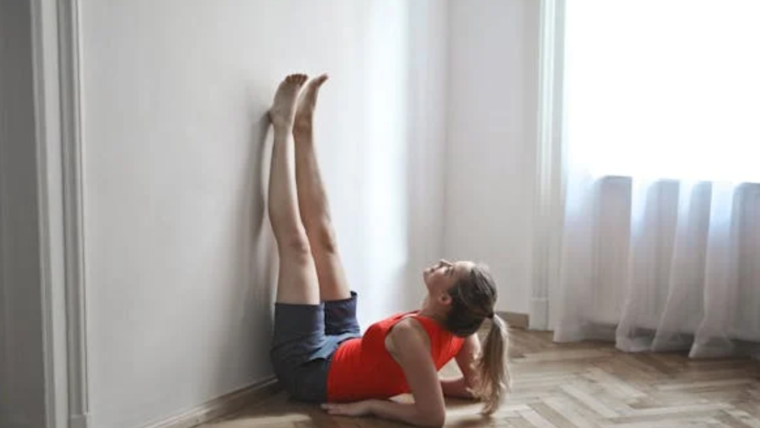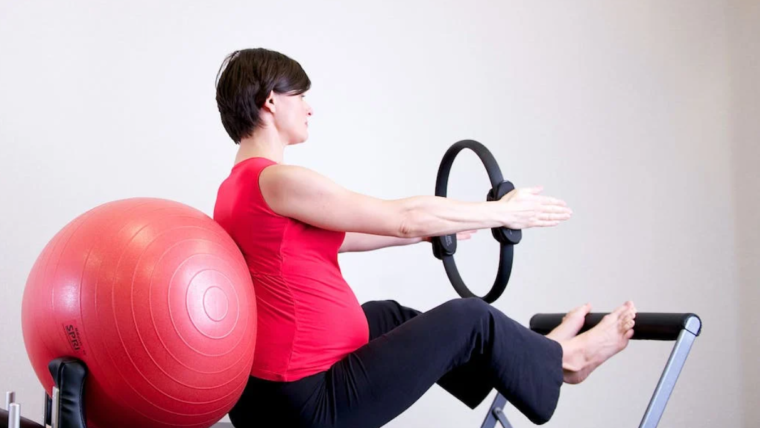Yoga, with its myriad of poses and flows, is a beautiful practice that nurtures both body and mind. However, as we embark on this journey of flexibility and strength, it’s crucial to pay special attention to our knees—the humble joints that bear much of the body’s weight. Safeguarding your knee in yoga is not just about preventing injuries; it’s about fostering a sustainable and nurturing practice. Here are essential tips to keep your knees safe on the mat:
**1. Mindful Warm-Up:
- Begin your yoga session with a mindful warm-up that specifically targets the muscles around the knees. Gentle movements like knee circles, ankle rolls, and seated leg lifts help lubricate the joints and prepare them for more intense postures.
**2. Proper Alignment:
- Alignment is the key to knee safety. Whether you’re in Warrior I, Warrior II, or any other pose, ensure that your knee is directly above your ankle. Avoid letting your knee extend past your toes, as this puts undue stress on the joint.
**3. Engage Your Muscles:
- Actively engage the muscles around your knees. In standing poses, activate your quadriceps to create a protective “muscle shield” for the knee joint. This engagement not only supports the knees but also enhances the overall stability of the pose.
**4. Cushioning Under Knees:
- When you’re on your knees, such as in poses like Hero’s Pose or Camel Pose, consider using extra padding. Place a blanket or a yoga block under your knees to provide additional cushioning, reducing direct pressure on the joint.
**5. Listen to Your Body:
- Your body communicates its limits. Listen attentively. If you experience pain or discomfort in your knees, it’s a signal to modify the pose or ease into it. Pushing through pain can lead to injuries, so honor your body’s signals.
**6. Variations and Props:
- Don’t hesitate to explore variations of poses that are gentler on the knees. For instance, if High Lunge feels too intense, try Low Lunge. Props like blocks or a chair can also provide support, allowing you to adapt poses to your body’s needs.
**7. Balancing Strength and Flexibility:
- Cultivate a balance between strength and flexibility. While flexibility is a key aspect of yoga, ensuring that the muscles around the knees are strong is equally important. Include strength-building exercises to support your knee joints.
**8. Avoid Hyperextension:
- Hyperextending the knee, or locking it out, can strain the joint. Maintain a micro-bend in your knee in standing poses to avoid locking and distribute the load more evenly among the muscles and joints.
**9. Transition Mindfully:
- Pay attention to transitions between poses. Rushing or abruptly moving from one pose to another can strain the knees. Move mindfully and with control, allowing your body to adjust seamlessly.
**10. Modify as Needed (Words: 90): – Every body is unique, and what works for one person might not work for another. Be open to modifications. If a particular pose feels challenging for your knees, explore alternative poses that provide similar benefits without the strain.
**11. Post-Practice Care: – After your yoga session, give your knees some post-practice care. Gentle stretches, like reclined hand-to-big-toe pose, can help release tension. Applying ice or a cold compress can be beneficial if you feel any inflammation.
In essence, keeping your knees safe in yoga is an ongoing practice of self-awareness and adaptation. By respecting your body’s limits, maintaining proper alignment, and incorporating these tips into your yoga routine, you can foster a practice that not only enhances flexibility and strength but also prioritizes the long-term well-being of your knees—true guardians of your yogic journey.



